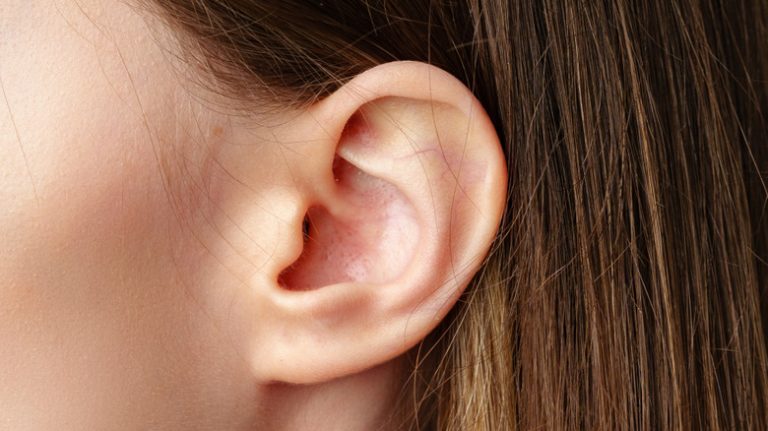Crying isn’t a pleasant experience for most, even though some consider it cathartic. Your eyes overflow with tears that often stream down your cheeks, your nose becomes congested, and you might even develop a headache due to increased sinus pressure.
But have you ever noticed the sensations that arise just before you start crying? If you experience a stinging sensation in your nose before tears flow, a possible explanation comes from Chris P., a third-year ENT resident, who shared insights on TikTok. This might involve the greater superficial petrosal nerve (GSPN), which connects to your tear ducts and nasal mucosa.
“[This nerve] carries parasympathetic fibers to our lacrimal system (the glands, sacs, and ducts around your eyes) and our nasal mucosa. The autonomic nervous system, responsible for many involuntary responses, transmits fibers to both the tear duct system and our nasal mucosa,” explained Chris P. He noted that when you cry and your parasympathetic nervous system is active, it can stimulate both areas – the tear ducts and your nose. This may explain why your nose stings before you cry.
You can also have stinging eyes with your tears

Not all crying is the same, according to AARP. Did you know there are three types of tears, and depending on the circumstance, your eyes might sting as well? We have basal tears, which continuously coat our eyes to protect against germs and debris; reflex tears, which occur when cutting an onion or encountering smoke; and emotional tears, which flow when watching a touching scene on Netflix. Reflex tears contain antibodies, as noted by Healthline, which may cause your eyes to sting during reflex crying.
Aside from stinging sensations, crying can affect how your nose feels in other ways. Remember the clogged nose mentioned earlier? This is also linked to the connection between your nose and tear ducts.
Crying affects your nose in other ways too

Just when you thought smudged mascara was the worst outcome, a runny nose often accompanies crying. This is again due to the connection between your nose and tear ducts.
When you cry, “tears drain into a tiny hole in the inner corner of your eyelids called the lacrimal punctum. This hole connects to the nasolacrimal duct, allowing tears to drain into your nose, mix with mucus, and exit through your nose,” explained NHS surgeon, Dr. Karan Raj. Additionally, Dr. Erich Voigt, Director of the Division of General Otolaryngology at NYU Langone Medical Center, told SELF, “So there are tears coming down the face, but many also go down into the nose, causing stuffiness and frequent sniffling.”




